The content of the article
By quince is meant a close relative of a pear and an apple. Due to the fact that it concentrates a lot of tannins, smack tart. Sugar content is rather low, therefore, when making wine beverages a special approach is required.
Quince features
- For many centuries, man knows that there is a quince, which is considered to be the birthplace of China. However, some believe that this fruit originally appeared in Iran and the Caucasus. Today, trees with tart fruits grow almost everywhere where climatic conditions contribute to this.
- The special features of the quince include the fact that it can grow on shrubs or trees that vary in length from 0.7 to 5 meters. In its format, fruits are shriveled, similar to pears and apples. The shape can be spherical or drop-shaped.
- The flesh is practically devoid of juice.It is tart, sweetness is present, but not too pronounced. In most cases, the quince is hard inside, even when fully ripe. In the pulp there are many seeds of brownish hue.
- When the fruits are harvested, under all conditions of exposure, they can lie for at least six months. This is quite a long time, encouraging people to stock up on gifts for the future and then prepare wine drinks based on them.
- It is interesting that in the fresh form these fruits are practically not used. They knit, have a tart flavor, not always pleasant to consume. Often on the quince make jams, jams, compotes and wine.
Raw material requirements
- If you have precisely decided that you are going to produce an alcoholic beverage, then make sure that the raw materials meet all the requirements. If the fruits were collected relatively recently, they are not suitable for the production of wine. In such a case, it is necessary to select better specimens that are fully ripe and have lain for some time. To know that the raw materials are ready for use, you can smell and pulp. It will become soft, and the aroma will be fruity.
- Such requirements are due to the fact that when the house is aged the fruits increase the amount of sugar in the composition. At the same time, the amount of tannins decreases. These qualities are best reflected in the taste of the final drink, it will be rich and soft. To sustain the fruit after harvesting is necessary for at least a couple of weeks. However, if the variety is late, this period is automatically extended to a couple of months.
- Before the main manipulation of the fruit must be bruised, and then eliminate all tainted and rotten. Rinse fruit is not necessary. In the presence of heavy dirt, rub the specimens with a dry cloth. Experienced winemakers recommend using Japanese-style quince. The final raw material turns out to be unusual and very tasty. However, the acids in it are few, so you have to dilute the juice with water. Some replace liquid with apple juice.
Classic recipe wine
- Prepare about 10 kg. fruits, then remove the tails and chop each instance into 2 sections. Remove the cores with the bones. Wipe the pulp, put it in a container and mix it with 500 gr. sugar and the same amount of water.Cover the dishes with a gauze cloth, leave in the dark for several days. Stir a couple of times a day.
- When 3 days come to an end, filter, you only need juice. Pour 150 liters for each liter. granulated sugar and 8 gr. lemon leaves. After kneading, pour the compound into the fermentation tank, stretch the glove. Make a hole in it. Leave in the dark and warm. After 5 days, enter 60 gr. granulated sugar per liter. After another same period, add another 50 grams.
- Fermentation of the drink can last from 25 to 55 days. In this case, the period directly depends on the activity of the yeast and the temperature of the room in which the billet is stored. After a certain period of time, gas is no longer emitted from the water seal. A loose sediment is already beginning to be seen at the bottom. The liquid itself is clarified.
- If fermentation does not stop after 50 days, pour the contents of the container into a new and clean container. In no case do not hurt the sediment. Otherwise, the finished wine will feel bitterness. Otherwise, after fermentation, drain the wine through the straw from the sediment.
- Taste the drink. If necessary, add sugar to increase the sweetness of the composition.Also, if desired, the drink can be slightly fixed with the help of vodka. Take strong alcohol in an amount of from 2 to 15% of the total volume of the initial raw materials.
- Then the prepared wine is poured into a separate clean container. Fill it to the brim so that there is no contact with oxygen. Close the airtight lid. If sugar is added, then hold the composition with a water seal for about 10 days.
- Next, move the drink to a cool place with a temperature of about 10 degrees. Exposure should be about six months. Thanks to this procedure, the taste will improve significantly. As the sediment appears, pour the drink through the straw. Systematically conduct a similar manipulation.
- If the precipitate no longer appears, we can say that the drink is ready. Pack it in bottles of smaller volume and store for storage. The shelf life of the wine is about 3 years. Moreover, his fortress comes from 10 to 12 degrees.
Wine Yeast
- Cook juice from 9 kg. quince. You should have about 5 liters. drink. With this recipe, the wine will come out a fortress of about 18 degrees. In addition, the shelf life of this drink increases, compared with the previous recipe.
- However, in this case, you donate taste notes, they will come out less bright. The color will become darker, and the fragrance is weaker. There are also pluses. The cooking process proceeds much faster. In addition, you will not suffer so much with the process of fermentation. Important! If you want to improve this recipe a little, you can resort to using pectin enzyme. Such a substance is sold in any winery store. To make a really tasty wine, turn quince into puree. Enter the pectin enzyme and leave the wort for some time. Follow the instructions on the packaging of the enzyme. In just a few hours, pectin will collapse in fruit. As a result, the juice will easily stand out. After removing residues of the enzyme from the wort, the liquid will have to warm up. However, wine yeast will be needed in any case.
- Now let's take a closer look at how to make juice. Wash fruits and get rid of spoiled places and fruits. Put the quince in the pan (8-9 kg.). Products completely fill with water (3.5 liters.). Wait for boiling and boil another third of the hour. Quince should have a light brownish tint. Wait for the compote to cool.
- Remove the fruit and chop into random pieces. Remove the core. Turn the quince into a puree with a blender. In the compote, dissolve 3 kg. Sahara. Pour in the juice of 2 lemons. Add 10 gr. tartaric acid. Knead and pour into a suitable container.
- The liquid should occupy approximately 2/3 of the volume of such a container. Here also add the previously diluted yeast with top dressing (do everything according to the instructions). Install the water seal and send the container to a dark place at a temperature of 25 degrees. In the wine yeast fermentation process will proceed much faster.
- After 8-10 days from the water seal will stop evolving gas. Drink significantly brighten. At the bottom you can see the sediment. Next, proceed with the classic technology. Drain the wine through the straw from the sediment into another container. Next, send the container to modify in a cool place for a few months.
- Systematically look at the drink and, if necessary, drain it from the sediment. Pour into individual bottles after the composition brightens. Tasting can be carried out only after six months. Wine can be stored for more than 3 years. Holds a drink in a dark and cool place.The longer the shutter speed, the tastier the wine.
The final drug is quite unusual when compared with similar varieties. In today's material we have considered the most important features affecting the production of wine for their own needs. You have learned everything you need and can proceed to the procedure.
Video: making wine from Japanese quince

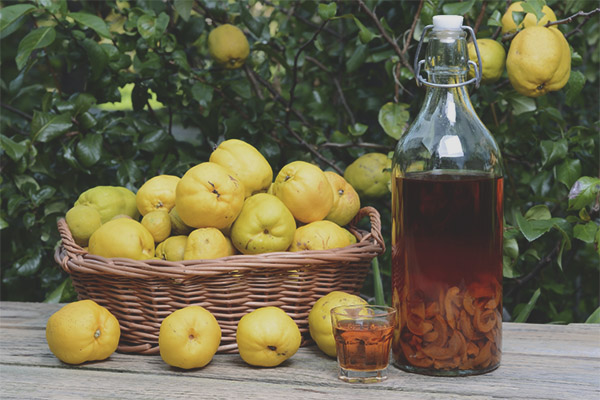
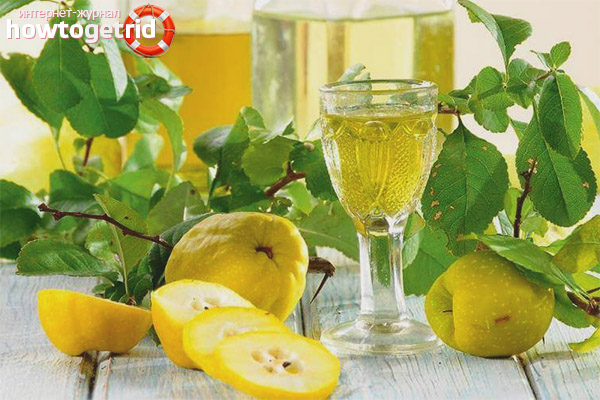
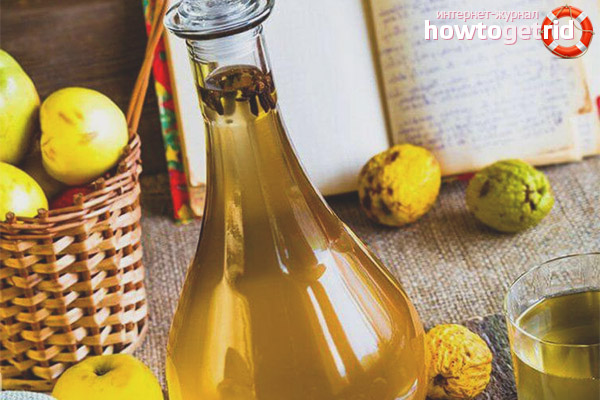


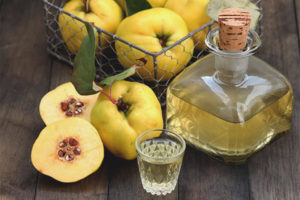
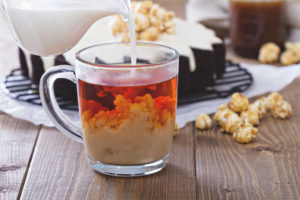
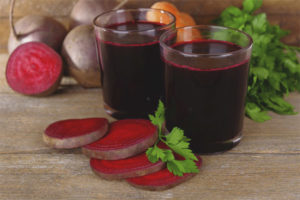
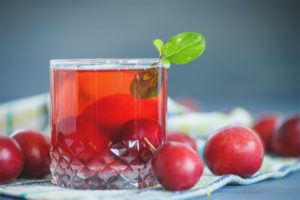
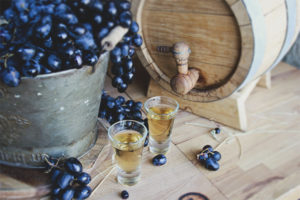
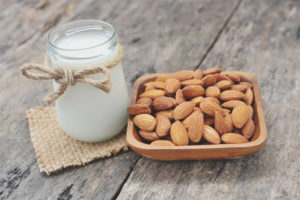

To send